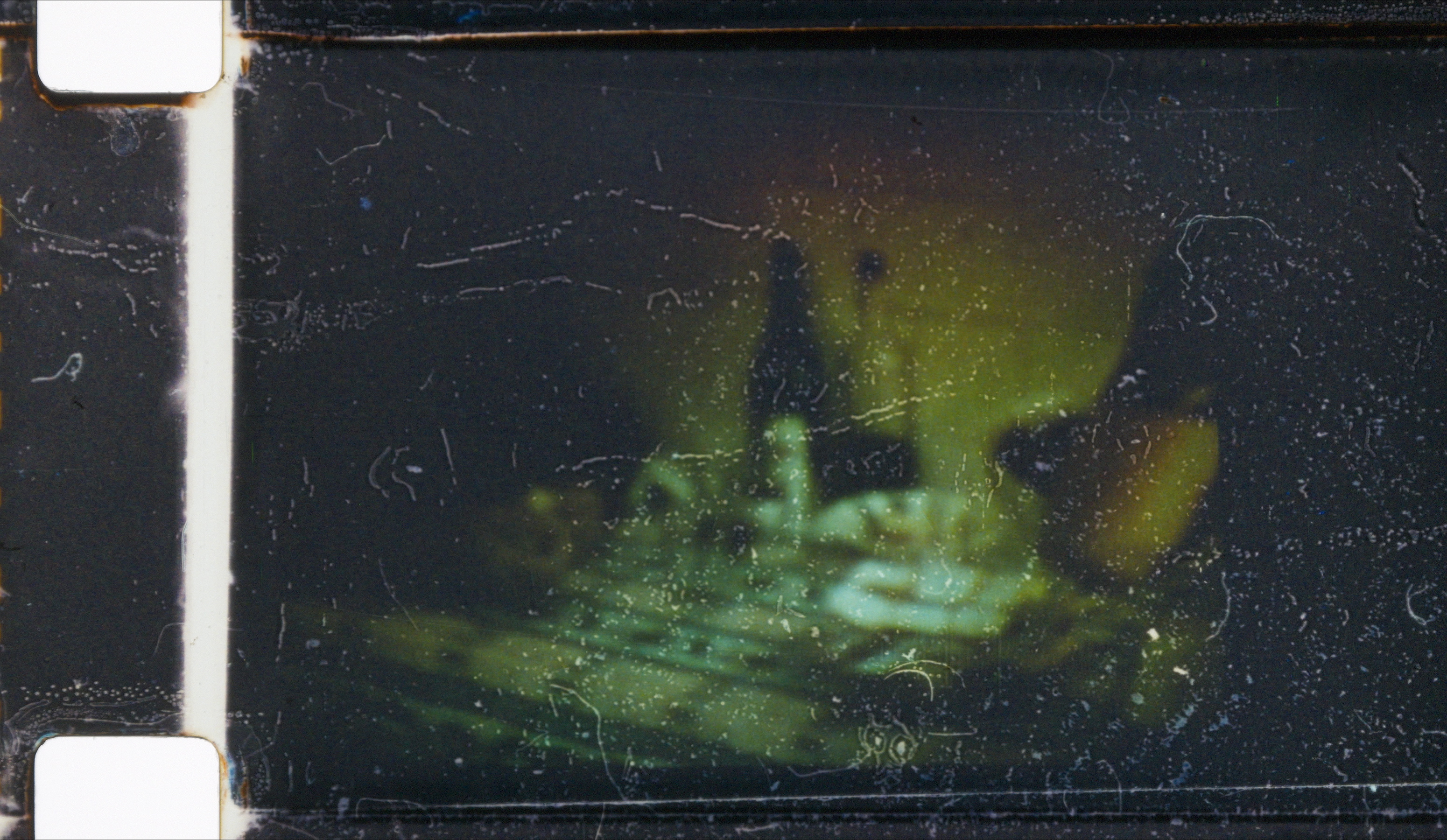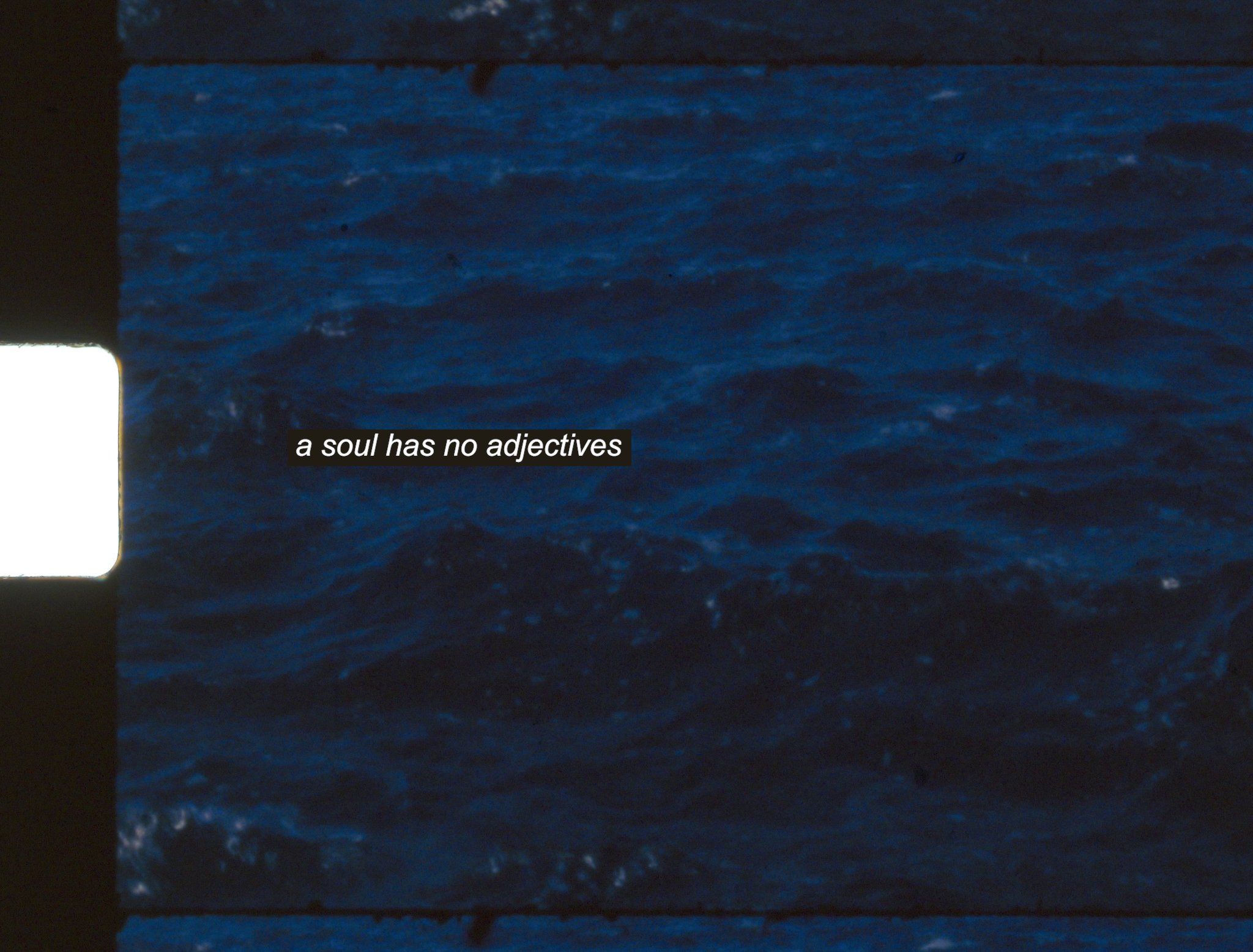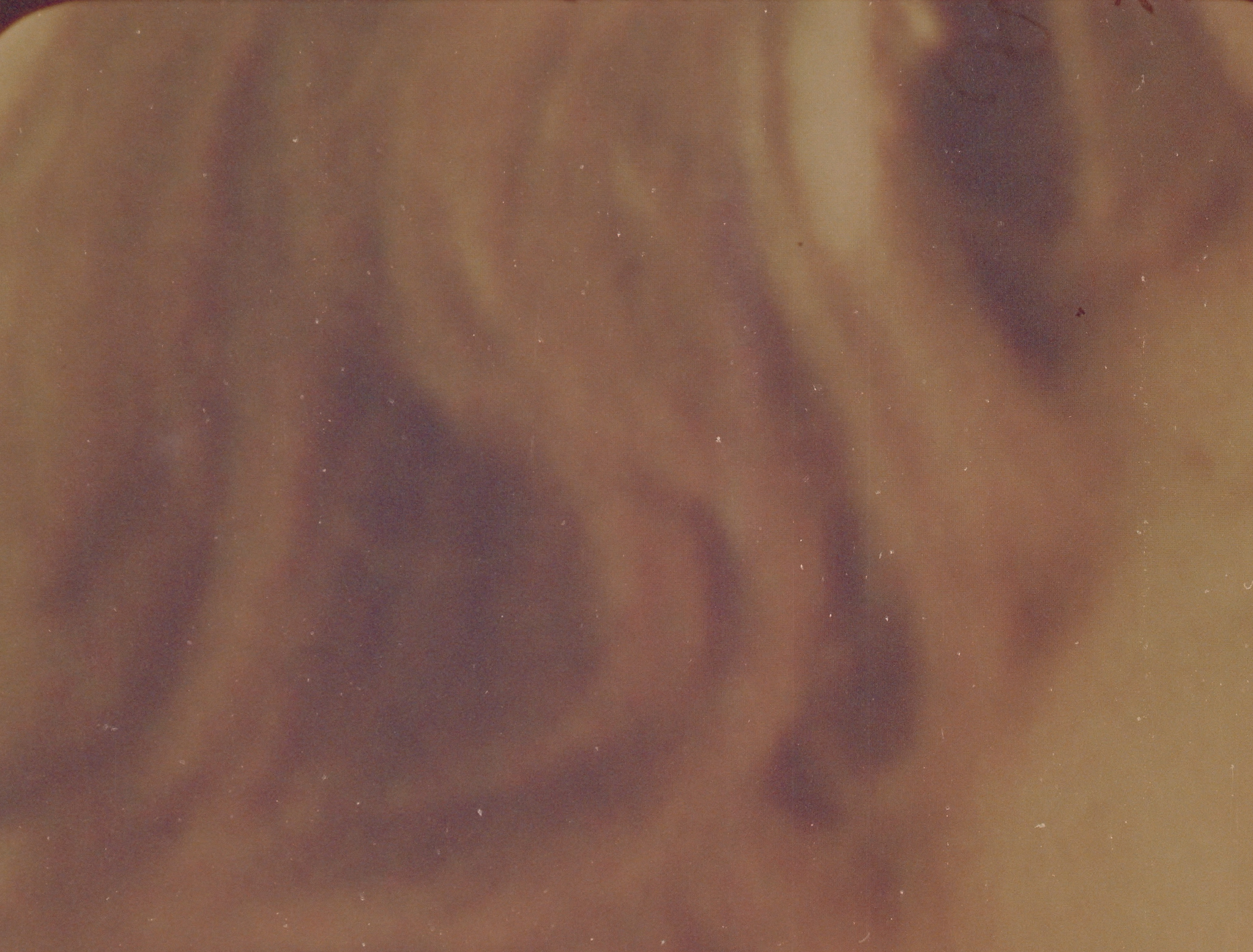![featured image thumbnail for post [GS001] Geanina Gypt - Ultra slow party (Gypt sessions #9)](/static/5e6f6cef75fdc73493b32dc81b12696a/58124/img_20250305_124625.jpg)
2025
A structural film that uses found footage as experimental autoethnography. Fluid (keeps changing). I'm interested in the Other within, banality as minority and the artist as ethnographer/historian. Maja uses the concept of the ethnographic "Other" to define that part in ourselves that is involuntarily grounding our beliefs, habits and ways of acting in culture and social mentality, but which has been so deeply taken for granted that it became estranged from our own selves. That part in ourselves we don't know why it acts how it acts, because it takes our act as a norm. When observed, the most banal situations become strange, or, a container of the socio-cultural essence. Banality is a minority in the sense that it is the least observed source of understanding. Something that can' t be learned, just lived. It is less about what you do, but more about how it is performed. One way to explore this are gestures and automatisms of the body (check performance Inscription, Enduring, Potential). Another way to observe this is taking the "particular" to conclude something about the "general", and then going back to reflecting that "general" in the particular (aka ourselves). It literally means, from a concrete individual (with name and surname) to a specific society as a whole (define, mentality), then back to reflecting into ourselves the parts that are deeply rooted in this mentality. And there are many other ways to emerge.
Two predominant structural elements of this film are re-shot home movies and randomly-caught public conversations, both (still) self-collected. Those deconstructed documents are put in seemingly random, sometimes self-reflexive correlations which explore a diary-style relation to ethnographic and historic vision that doesn't aim at storytelling, but goes down to question the ontology of the image itself, as well as preconceived concepts of history. It's division in 4 parts signifies the concepts of these correlations: content with image structure, landscape / territory with (non)identity / gestures, image content with voice-over content, observation with contemplation on the medium. There is a progressive revelation of the personal, as well as the method.
Maja limits herself strictly to the use of home movies collected in her homeland, as she believes ethnography can only be done with understanding and connection in her own culture.
The film is structured as a nonlinear, growing rhizomatic system with variable length. It's elements possess the possibility of being rearranged, put into space, installed in various contexts and brought to interaction with found nature or found objects.



